Patient-Centered Care: A Case Study on Diabetes and Pain Management
VerifiedAdded on 2022/08/17
|6
|1044
|20
Case Study
AI Summary
This case study centers on a 50-year-old male patient admitted with abdominal pain, a history of type-2 diabetes mellitus, hypercholesterolemia, and a prior laparoscopic cholecystectomy. The patient lives alone, with his son residing six hours away. The assignment requires an assessment of the patient's current condition, including gathering cues such as pain levels, medication adherence, and the integrity of abdominal dressings. The analysis reveals concerns about high blood glucose levels due to a missed insulin dose and oozing from a lower left port. The identified problems highlight the patient's limited understanding of his health condition and medication management. Goals include documenting the wound, educating the patient on medication adherence and self-administration of insulin, and ensuring doctor's visit for insulin prescription. Nursing actions prioritize medication adherence and ensuring the patient's competence in self-administering insulin. The expected outcomes include improved wound healing and the patient's ability to manage his diabetes effectively. The case study emphasizes the importance of patient-centered care, holistic health assessment, and the critical role of medication adherence in achieving positive health outcomes. The case study emphasizes the importance of patient-centered care, holistic health assessment, and the critical role of medication adherence in achieving positive health outcomes.
1 out of 6
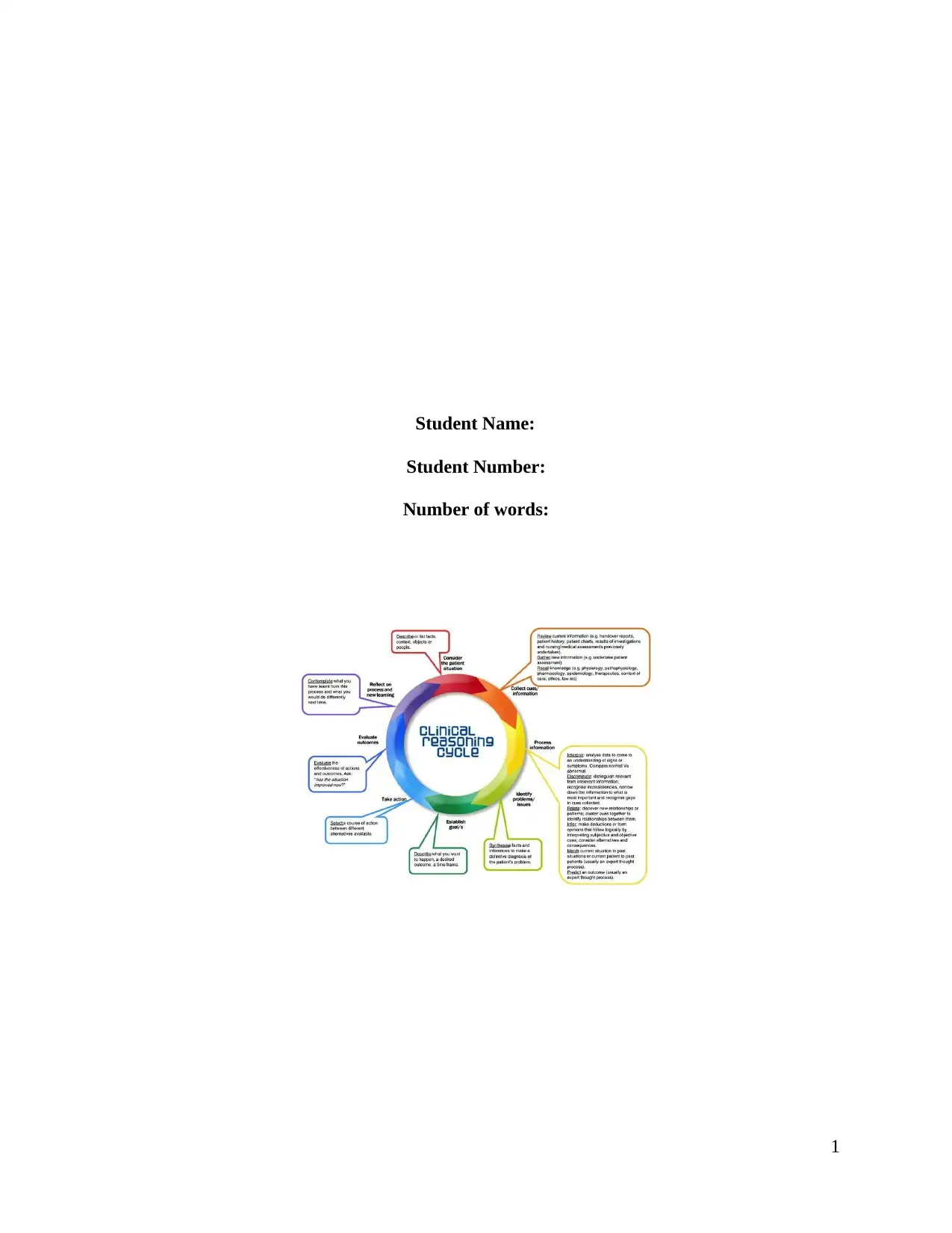
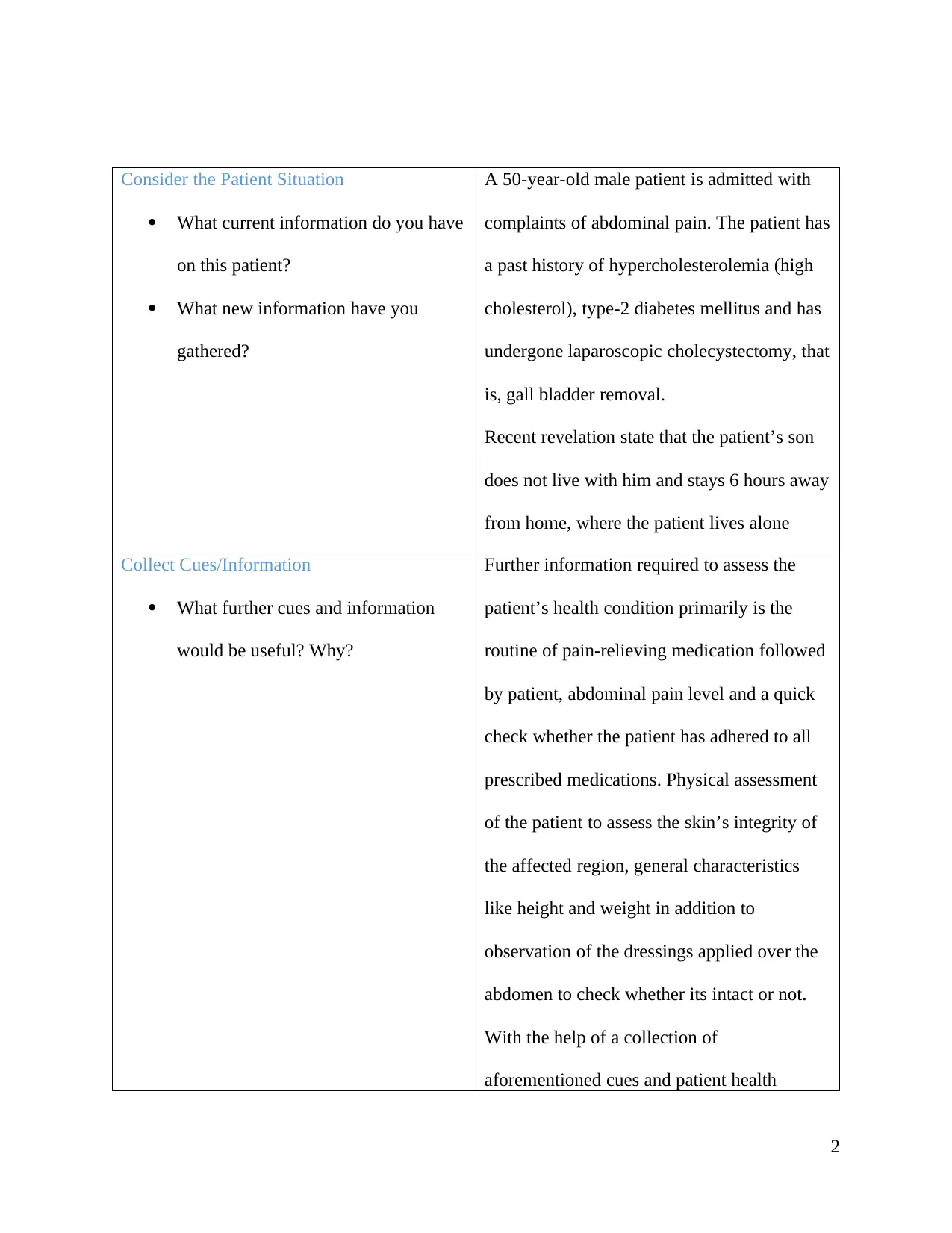
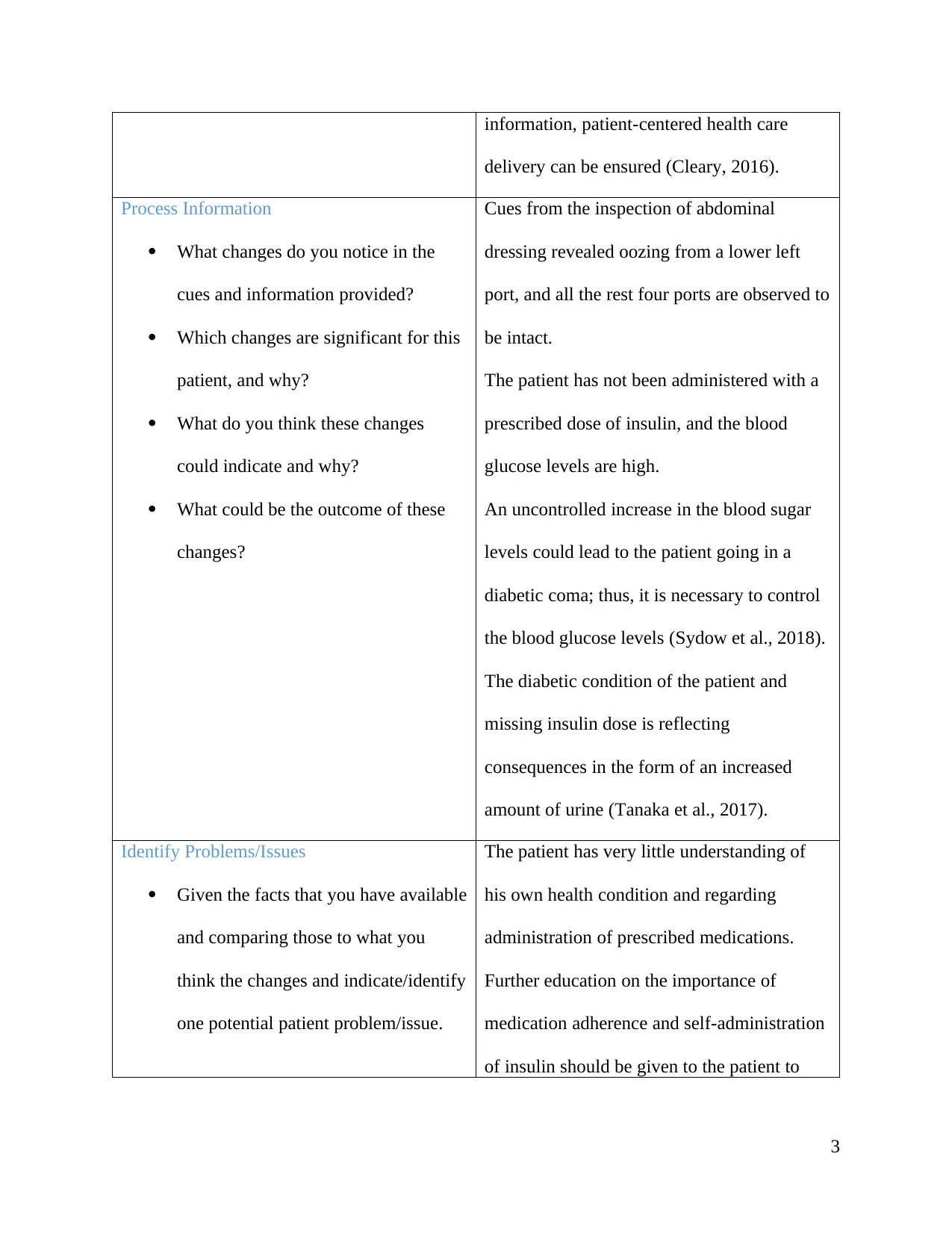

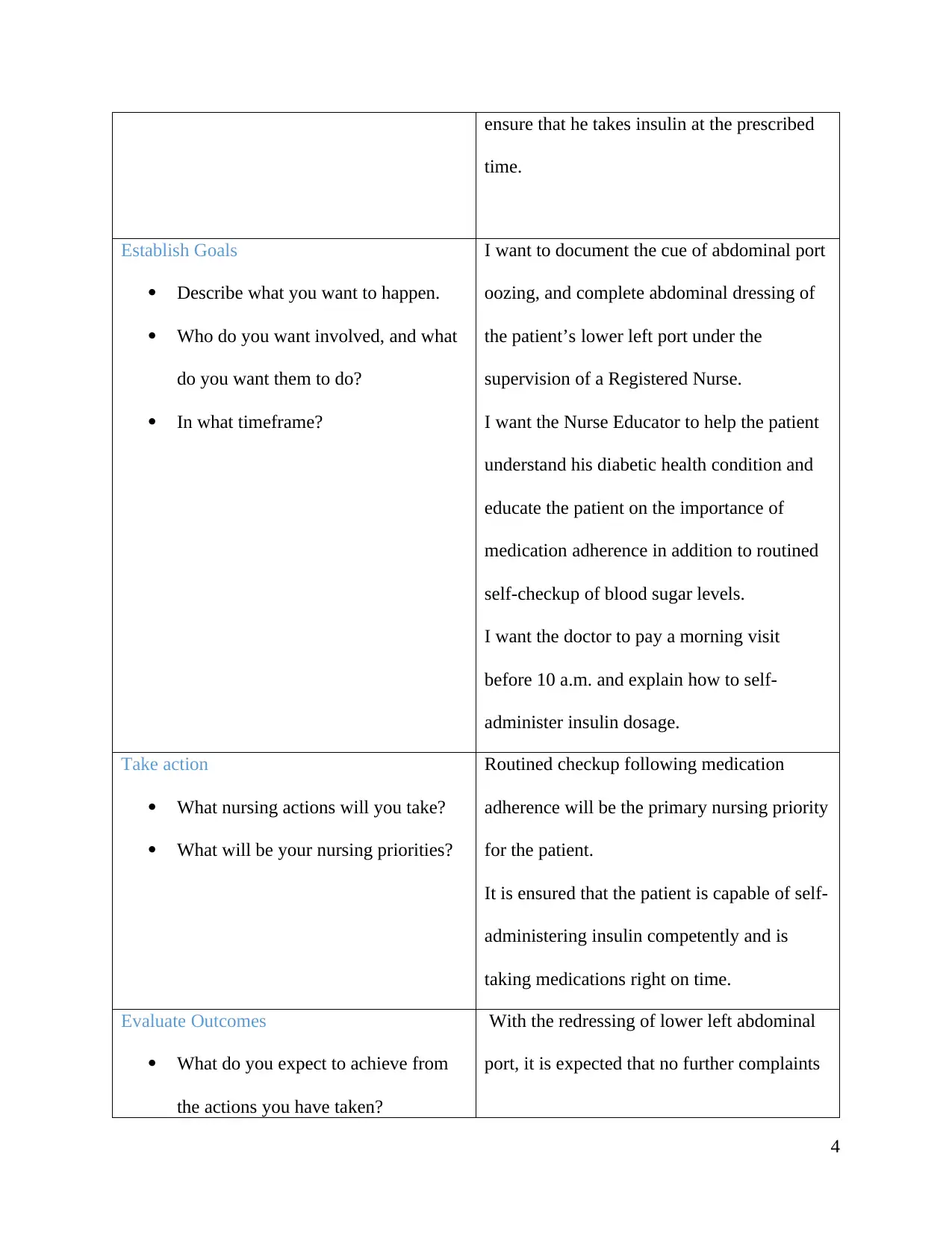
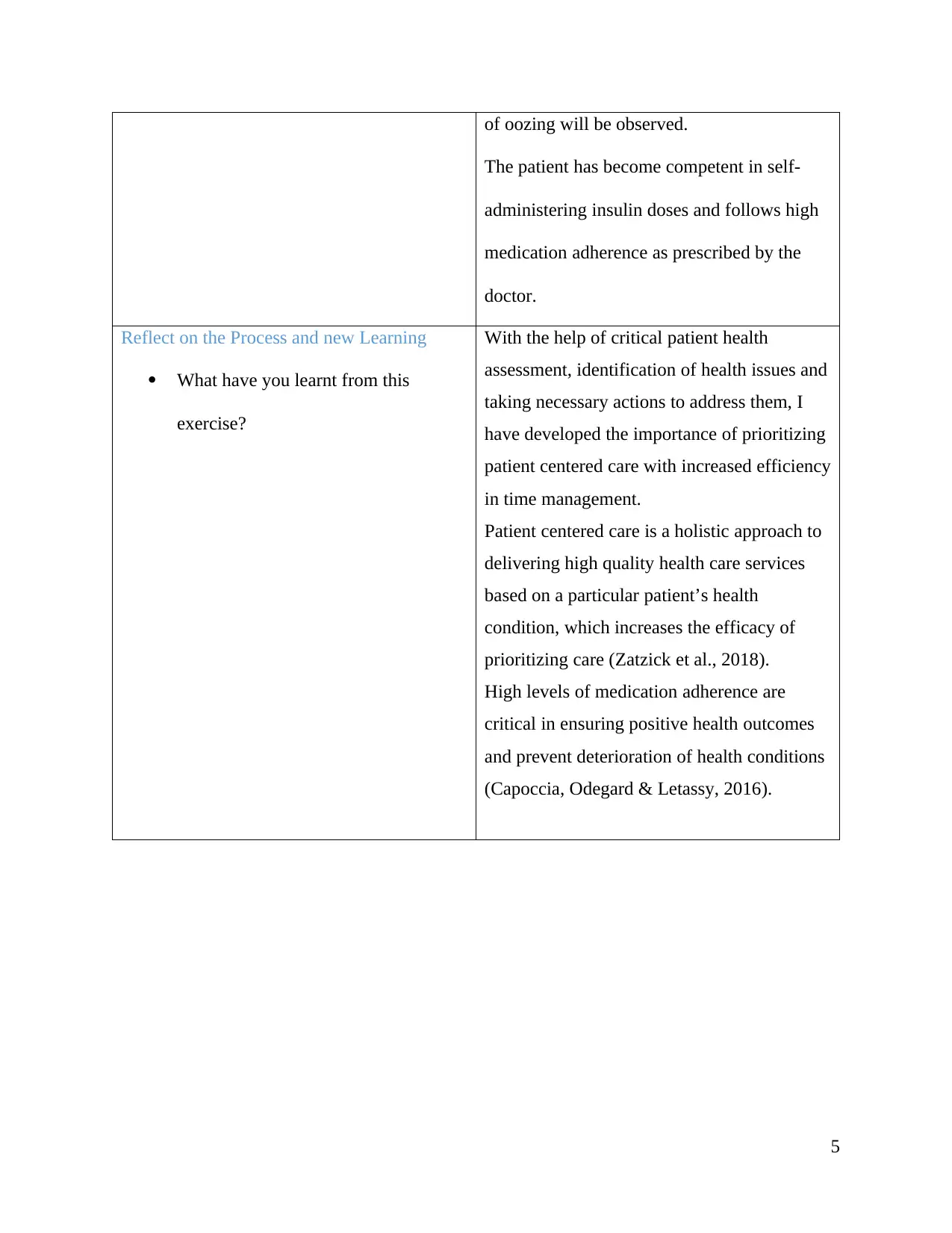
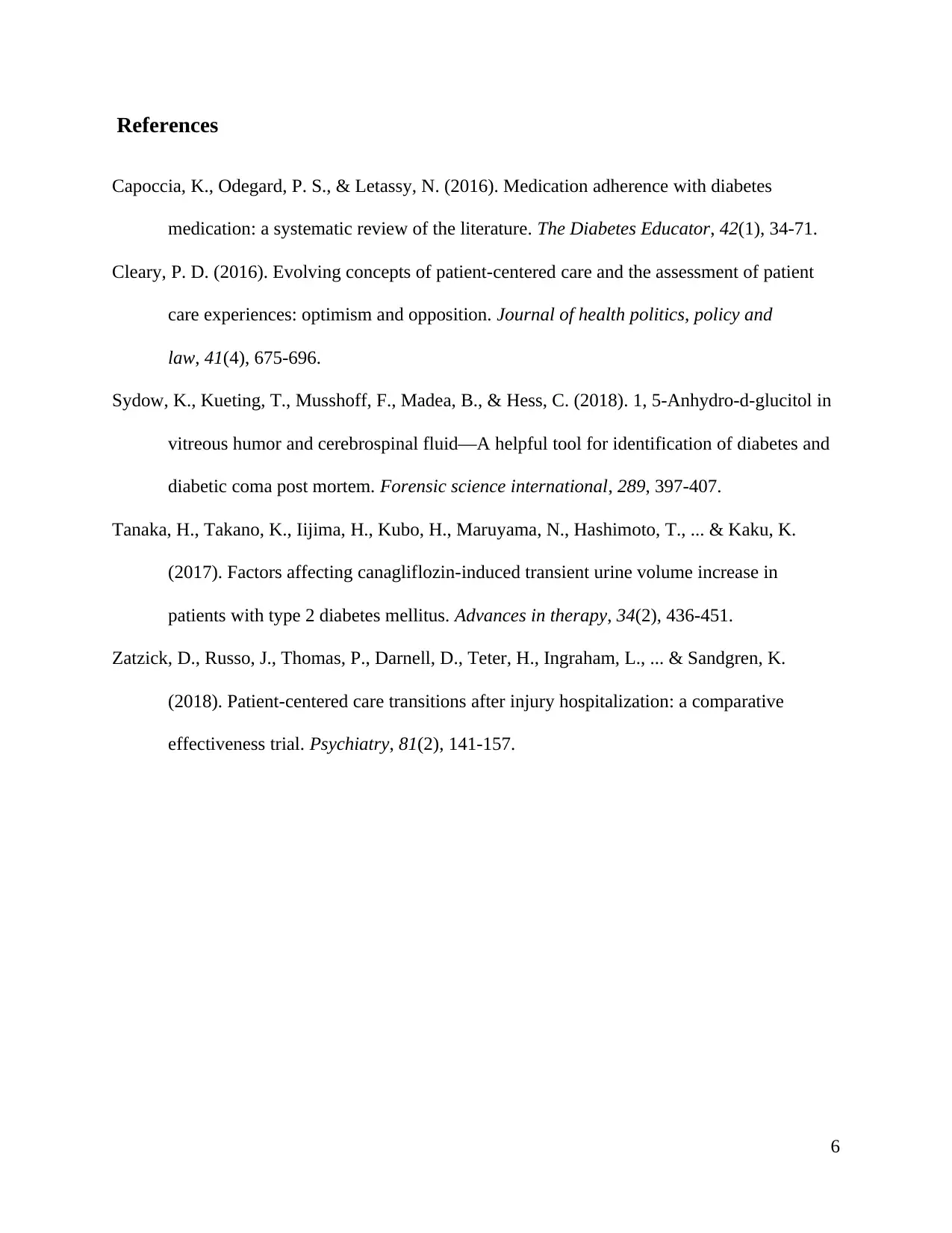






![[object Object]](/_next/static/media/star-bottom.7253800d.svg)